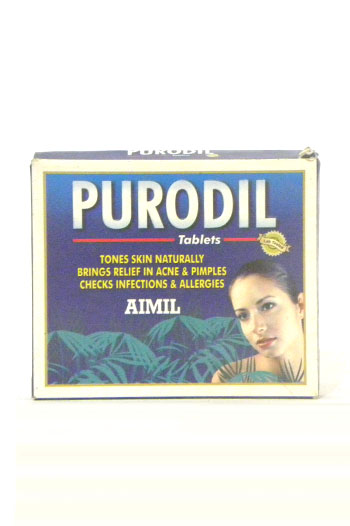

Those numbers are like the theoretical maximum speeds you hear from cellular networks-you'll never really get that. SureCall's booster promises up to 72dB of improvement, as compared with WeBoost's 65dB. This chart shows the relationship between signal strength and phone speed in ideal conditions This chart shows how some 2018 phones performed relative to those signal strength numbers: A weak signal is generally -110 to -120dBm. A very good signal is in the -70 to -90dBm range. How Much of a Boost?Ĭellular signal is generally measured as RSRP, or received signal reference power, measured in -dBm. But that was solvable in testing by moving the booster around. The SureCall booster is more finicky than the WeBoost when it comes to dealing with oscillation, where a signal confuses the booster by bouncing off objects and creating echoes. Once the antenna is hooked to the booster, plug it in and the booster powers up. The antenna and booster must be at least 20 feet apart farther is better, so be prepared to run some coax. I found that a four-foot rise in elevation and 15 degrees of turn made the difference between capturing a weak T-Mobile signal, and no signal at all. WeBoost's panel emitter is more directional, and you should be facing it.Ī flat cable can help the booster connect through a windowĪiming the antenna is a big deal, but it's worth the effort directional antennas have significantly better reception than omnidirectional ones.

SureCall's indoor emitter is omnidirectional, so it doesn't really matter where you put it in your room. You plant an antenna outside (or in a window, for the EZ 4G) and connect that antenna using a single, 50-foot coax cable to a pyramid-shaped booster/emitter within your home. SureCall's EZ 4G and Flare product lines all set up the same way, and it's a simpler process than WeBoost products because there's two components rather than three. If you have 71 and not 12, it won't help as much. If you have band 12 nearby, a booster will help. Bands 12 and 71 have similar (long) range. If you're a T-Mobile user, it's worth loading the CellMapper app on your phone, looking at, and seeing which bands your nearest tower radiates. The FCC never approved consumer boosters for T-Mobile's band 71, which the company uses in many rural areas, or band 41, which will be the backbone of T-Mobile's upcoming fast 5G network. That handles the broad coverage bands for AT&T, T-Mobile, and Verizon (Sprint customers can now roam on T-Mobile's network). In the US, boosters typically boost frequency bands 2, 4, 5, 12, 13, 17 and 66. It's less expensive than a booster, it doesn't require an external antenna, and there's a 14-day return policy, so it's worth a try. It gives your calls priority over other traffic within your home, but may not help if your home network, or your neighborhood network, is congested. This attaches to your home internet and transforms it into cellular signal. If you have fast in-home wired internet and a Verizon Wireless phone, you should first try Verizon's own LTE network extender (Opens in a new window), which the carrier sells for $249.99. (Opens in a new window) Read Our SureCall N-Range 2.0 Review Many phones also have problems with transmitting text or picture messages over Wi-Fi, especially on T-Mobile. Cellular voice calls have a higher priority than other traffic, so you get a better, more reliable quality of service than you do with Wi-Fi calling, where your calls don't get priority over Netflix streams or Fortnite games. So why do you want a booster instead of using Wi-Fi calling? One reason is quality of service. Why Boost?Īll the major phone carriers have Wi-Fi calling now, so if you're in a dead zone you can lean on your home internet. But the $379.99 Flare is more flexible and easier to set up, making it our Editors' Choice.

Both rely on basically the same idea of putting a big antenna outside your house and a tiny cell site inside. We tested two affordable boosters from major brands, the SureCall Flare 3.0 and the WeBoost Home MultiRoom. So for years now, rural users have relied on boosters that magnify signals using large antennas to give you better coverage from faraway towers. Outside big cities, cellular speeds can be wobbly and calls can drop. As we work and school at home, we're finding that we need many ways to connect. In a COVID-19 world, cellular dead zones are more frustrating than ever.
Flare 2 tablet problems how to#
Flare 2 tablet problems Pc#
How to Record the Screen on Your Windows PC or Mac.How to Convert YouTube Videos to MP3 Files.How to Save Money on Your Cell Phone Bill.
Flare 2 tablet problems free#
How to Free Up Space on Your iPhone or iPad.How to Block Robotexts and Spam Messages.


 0 kommentar(er)
0 kommentar(er)
